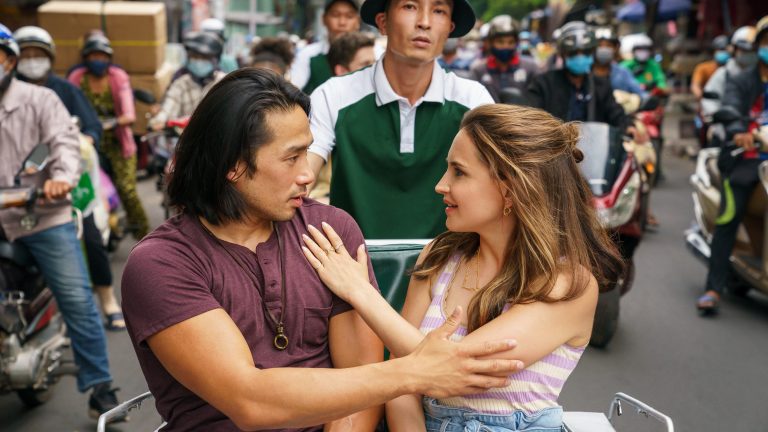The Crown (Season 6), Part 1: I would be lying if I said that I hadn’t been anticipating Princess Diana and her relationship with the Crown to take greater precedence. On that front, it makes me no less than the paparazzi or gossipmongers salivating for catharsis. The only difference is that I wanted a more nuanced take, which had been the trademark of The Crown. Whatever liberties it might have taken in constructing conversations behind closed doors that would drive British history forward, what I didn’t anticipate was Peter Morgan almost blunting his teeth and adopting a more mellow approach. In an effort to humanize the members of the Royal family, he veers dangerously towards painting them out as almost faultless, and Season 5 had arguably been the weakest season on that front.
It doesn’t help that Season 6 takes the trademark route of dividing the season into two parts, and while it might seem baffling at the uneven division of the number of episodes (Part 1 consists of 4 episodes, Part 2 is scheduled to be out in December and will constitute the remaining 6), how the 4th episode ends makes a certain amount of sense for the division.
The Crown (Season 6) Part 1 – Recap
Episode 1 – Persona Non-Grata
A cold day opens with a random Parisian taking his dog for a late-night walk, and he witnesses a black car racing by him, followed by a horde of motorcycles driven by Paparazzi with their long-lensed cameras as weapons. As the car enters the tunnel, the Parisian and we, the audience, hear the sound of a car crash and fallen debris. realizing that what we just witnessed was the dramatization of the death of Princess Diana on August 31, 1997. We hear the Parisians calling for emergency services, explaining an accident at the Pont de Alma Tunnel.
Eight weeks earlier, it was the early summer of 1997, and Princess Diana was a recently divorced member of the Royal Family. We see her and Prince Harry driving up to Prime Minister Tony Blair’s house, thumping their heads to “Tubthumping” by Chumbawumba (we couldn’t resist the pun). Also, such a peak 90s track. As Harry and Diana play football with Blair and his kids, we see Diana and Blair converse, with Diana asking for more opportunities for public service, which only gets dismissed by the Queen in her annual meeting with Blair.
Diana is also restless and eager to get out of the country because her ex-husband Prince Charles would be throwing a 50th birthday party bash for his beau Camilla Parker Bowles. However, “Mou-Mou,” AKA Mohammed Al-Fayed, comes to the rescue, inviting her to vacation in the south of France on their yacht.
This early part of Season 6 firmly establishes why the Western and Anglo-loving Mohammad Al-Fayed had been given such a large focus in Season 5 because now “The Crown” wastes no time in firmly establishing Al-Fayed as one of the “villains” of this piece, leaning hard into the allegation that he had orchestrated the relationship between Princess Diana and Dodi-Al-Fayed. The title card of eight weeks later would remind you of how short the relationship had been, but solely pointing the finger at Al-Fayed senior would be a fool’s errand.
At this point, Dodi-Al-Fayed had been in a relationship with model Kelly Fisher (memorably termed “gold digger” by Fayed Sr.), and at his father’s command, Dodi flies out to Saint Tropez to entertain the Princess of Wales. The search for approval of this man from this extremely tunnel vision of a father could only end badly, and honestly, lying to his fiance isn’t the best of looks either.
Back in England, Charles is frustrated because no one from the royal palace other than Princess Margaret has replied in the affirmative to attending Camilla’s 50th bash. Charles knows that the Queen’s attendance would be an official proclamation of the legitimacy of their relationship, but considering the laughable excuse the Queen gives to avoid attending that bash (a visit to the Rolls-Royce factory), one could surmise that the Queen hadn’t been a proponent of breaking up marriages, and the current Queen Camilla had indeed been deemed unworthy by the royalty.
The show also continues its positive, almost affectionate portrayal of Charles as a misunderstood and visionary young man who tries to earn his mother’s love but is instead thrown away (literally) for her affection for her dog. It is fascinating, though it also feels very disconnected from the reality of it all.
With Dodi completely flabbergasted at witnessing Diana being flocked by the paparazzi and Al-Fayed setting him up with Diana, the manipulation is reaching unbearable levels of creepiness. It’s disheartening to witness Dodi, even after all the protestations and flailing, getting to work cozying up with the princess and her two sons. Cold water is splashed on his plans when his fiance calls up and plans to come and join him, having correctly ascertained that Dodi is spending time with the princess.
Back in England, the 50th bash was a smashing success, and Princess Margaret (it is debatable whether she attended the party in reality) felt bolstered by Charles being happier and more confident than she had ever seen him call up her sister and go to bat for her nephew (even though she had to toe the company line and lose her love in the process). But again, The Crown—at least this time, it stood out more—feels very much like saving the face of a monarch who might not have been so open-minded in reality.
Is Morgan truly mellow in his portrayal of the queen because of her death, or is the reality that much more complicated? Was Queen Elizabeth open-minded enough to have her mind changed about her son’s complicated love life, enough to protest against her husband’s consternations about Camilla’s inappropriateness? To that extent, she finally calls Charles and congratulates him on the success of the party. Charles should have taken that as a win.
By that point, the Princess of Wales had already stolen the thunder of the media from Charles and Camilla. Diana and William would be hiding from the paparazzi until Diana had had enough and wore the famous leopard print bikini and her trademark coquettishness to visit the paparazzi, who had been camped out by their boats. With her speedboat and her in full bathing suit glory, Diana exchanges her and her son’s privacy for a few poses for the tabloids. Public relations had always been the forte of the Princess of Wales, and it had always been her leg up against the “war,” which Charles laughably called between him and Diana.
Dodi would be spending that night after having Kelly be sent off to the smaller yacht and then having to go through a furious quarrel before finally consummating. This sets up an emotional scene of bonding between Diana and Dodi where the two of them reveal their scars, especially the emotional ones inflicted by their fathers—for Dodi, it’s controlling, and for Diana, it’s the neglect. It is certainly enough for them to form a legitimate relationship beyond the initial manipulation that incited it.
As Diana and the boys leave for Balmoral the next morning and she finds herself alone that summer after a planned visit to the landmine charity in Bosnia, Dodi invites her to the yacht, free for her use whenever she needs it. No wonder Fayed Sr. is smiling. Diana’s return to Kensington Palace finds her apartment decked out with roses and a watch gifted to her with a message inviting her to Paris next week. I will give the show this: it does manage to make you anticipate the inevitability.
Episode 2 – Two Photographs
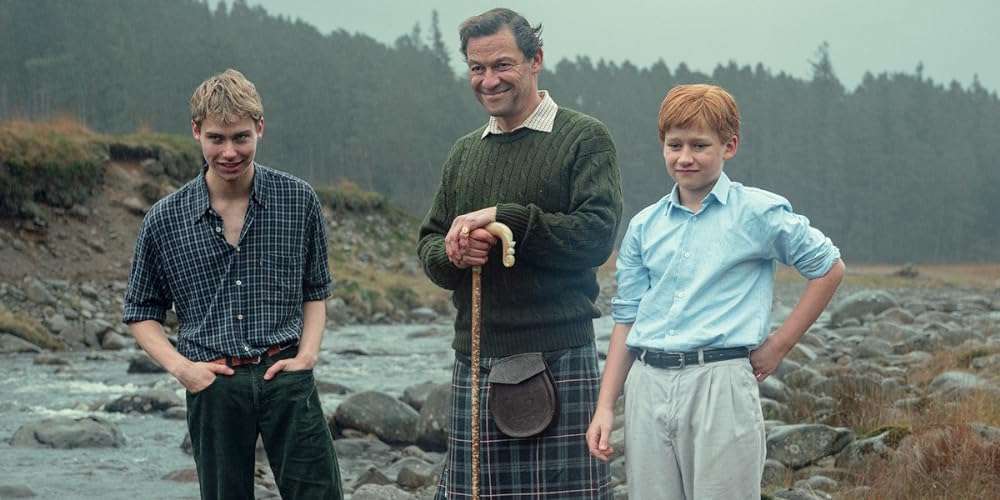
This is an episode as much about contrasts as it is about understanding contrasts. The opening segment itself is a masterclass of contrasts—an interview with Mario Brenna, the paparazzo who had earned almost $5,000 for the first photos of the affair between Diana and Dodi. His perspective on taking photographs and comparing the legwork to that of a hunter searching for the game is downright chilling. Contrast that with the sedate photographer Duncan Muir. The portrait artist is a proud Elizabethan and is such a regular fixture in photographing Her Majesty that even she acknowledges him personally. He acts as a giddy fanboy and laments as to how the country would deal with such an inevitable loss.
The royal family gets their first interaction with the internet in the first look at the royal family’s official website. In that meeting, Anne also reveals that Diana hanging out with Al-Fayed could be because he would use this relationship as leverage to earn British citizenship. While the shadiness of Mohammad Al-Fayed is not debatable, to squarely lay the blame for shadiness on Diana herself screams obtuseness and obstinacy. Plus, Mohammad’s shadiness is pretty much confirmed, first by him asking and confirming from the maid whether Dodi and Diana had been intimate.
Once he gets the green light, he hires Brenna to capture photos of his son and Diana in an embrace. It was a very torrid, and dare I say it, tawdry turn of events, and it doesn’t matter whether Fayed had hired Brenna in reality. In the world of The Crown, these turns of events make sense from Fayed’s perspective. And even Diana has suspicions about how their photographs got sent to the press, which circulated in huge numbers by the time Diana landed in London. According to the Queen’s private secretary, Robert Fellowes, those pictures of Diana had caused one of the most expensive bidding wars among all of the publications.
Elsewhere, as Diana says goodbye to her sons while they go off to Balmoral with her father, we get the closeness Diana apparently did share with her children, especially her oldest. William had enough of a sway in her life to warn her that Dodi was weird. But this scene also stands out because of the final exchange Charles has with Diana, where they promise to be brilliant at divorce and parenting. It feels almost like a wish come true to imagine such a conversation having occurred, but it does cause one to feel sorrow at realizing that this version of Diana had people she could have opened up to, irrespective of whether they would have given her appropriate reactions.
While Diana goes off to Bosnia to visit the landmine victims, we get to see the version of Princess Diana the world knew her as—the kind, warm-hearted individual so efficient at humanitarian causes. As we see her walking through a treacherous minefield in full combat regalia, back home, the palace is in full siege mode. The photographs have been released in full glory, and other than Mohammed al-Fayed, nobody else is much happier at their release. The release of the photographs resulted in the press conference of the humanitarian work turning into a full interrogation by the press. Morgan’s portrayal of the paparazzi reporters as unfeeling goons work in empathizing with Diana as she spirals toward her weakened mental state.
The palace goes into defensive mode. Charles’ private secretary plans to release a counter-photo highlighting traditionalism in direct contrast to Diana’s boldness. Thus, they decide to click a photo of the Prince of Wales with his two sons (on the condition that they wouldn’t be caught dead wearing a parka and a kilt). The cold and wet pictures of the Prince of Wales and his two sons enjoying a chilly morning out of Balmoral are a smashing success, clicked by the pro-Elizabeth photographer, who is the vanguard of traditionalism. It doesn’t help Diana that the latest gossip about her taking the private chopper with Dodi Al-Fayed and meeting her psychic friend doesn’t exactly endear her to the Royal Family as well as the general audience.
But again, as much as this episode is intent on painting Diana in a bad light, it does show the glaring flaw of the Royal family’s insistence on taking duty above love and empathy as its priority. Thus, the queen blaming all these events on Diana’s erratic behavior feels like a biased viewpoint, considering that in an ideal alternate world, the situation would have been very different if the queen had actually been open to her daughter-in-law. Perhaps she would have been saved, away from the clutches of the “drama” following her and her shady co-hosts of that drama. As the queen states, “All anyone wants is for that girl to find peace.” True enough, but not taking somewhat of responsibility for the cause of this erratic nature feels deliberate obtuseness.
Episode 3 – Dis-Moi-Oui
It’s hard to write a recap of the episode where “The Crown” finally dealt with the inevitable death of Princess Diana. To the show’s detriment, it never completely shows the accident in a detailed manner. To the show’s credit, it surmises that Diana’s death had always been an inevitability due to a shady friendship with Mohammad Al-Fayed and a doomed relationship with Dodi Al-Fayed.
The problem isn’t that Diana isn’t aware of the shadiness. On the contrary, the conversation with her psychiatrist reveals that the sheen of Dodi-Al-Fayed is falling away faster from Diana’s eyes. She knows she needs to get out, and even her friend argues that her addiction to drama isn’t healthy.
But drama follows the Princess of Wales even without her control. For Mohammad Al-Fayed, Diana is the golden goose he has a chance to grab, and thus he pressurizes Dodi to propose to her (after two months of relationship, which is a red flag with blaring sound effects). Drama follows the two of them even when they go to the shore to have an ice cream on the coast of Monte Carlo.
But even that is impossible because recognition leads to a chase, which leads to the two of them hiding in a jewelry store in Monte Carlo, where Diana, in a joking turn of phrase, admits that she likes the diamond ring named after the title of the episode. But as they finally return to the yacht, Diana announces to Dodi that she would like to return to Balmoral because she misses her boys. It is also because she listens to her friend’s advice and has decided to return to London.
The problem is the manipulation. The Crown surmises that the 24 hours Diana spent in Paris were a result of Dodi taking her to London via their private jet, with a stop in Paris along the way. The stop is because, to ask for permission for the jet, Dodi had to lie to his father by stating he has a ring, and now Mohammed demands proof, and Dodi wants to buy the ring from Paris. It’s like a screw-up on top of another screw-up.
So now Diana is off with Dodi to Villa Windsor because of Mohammed’s insistence, but Mohammed isn’t there to greet them. Instead, Mohammed calls his son and asks to speak to Diana, whereby he suggests pretty blatantly that he would be leaving Villa Windsor for his son and their future daughter-in-law and future progeny. Diana is having none of it and smoothly extricates herself from that call. Her reaction to seeing a photo of Mohammed drawn like an Egyptian Pharaoh exactly shapes the image Mohammed has of himself, and Diana has had enough of royals or men acting like one to have a hold on her.
Due to this detour and the traffic caused by the paparazzi following her, Diana misses her scheduled calls with her son. Back in Balmoral, Philip and Anne decide to cheer William up by taking him on his first stag hunt, where he would have his first hunt and would also be “blooded.” This moment of coming-of-age for the royal is also one of the reasons why he misses the call with his mother. To distract herself, Diana buys the PlayStation, which Harry had been asking for, and proceeds to gift-wrap it, while Dodi goes across town to buy that ring.
Another swarm of paparazzi later, the two finally reach Dodi’s apartment, where Diana finally gets to have a final conversation with her sons, whereby her sons state that they don’t like Dodi, and she too determinedly responds that she wouldn’t marry him, even if the papers are suggesting that she is. But the whirlwind events are forcing Diana to reconsider her life choices, and thus, answering William’s worrying query, she reassures him that she is fine, just needing to make some changes to her life.
If only she had the chance.
This is the prevalent thought I had throughout this episode. Because you realize that these 24 hours of avoiding paparazzi and going to Chez Benoit and expecting to have a nice dinner wouldn’t exactly remove the sheer tiredness and feeling of being lost that Diana must have been going through. Debicki’s breakdown during that moment is one of those rare moments where Peter Morgan’s verbose dialogue is inessential. Silence does the trick.
And then Dodi makes an idiotic rookie mistake and tries to construct a marriage proposal, but Diana has had enough. She chooses to be mature and begins to methodically try to make Dodi understand that their relationship is a summer fling, and just because the marriage feels pre-ordained by the world doesn’t mean free will shouldn’t be exercised. Did this conversation happen for real? I am not sure, but it sure sounds like wish fulfillment.
But again, credit goes to The Crown for making the dialogues and actions of characters who are shifty feel organic. Dodi actually picking up the call, starting to talk, disconnecting the call with his father, and then pretending to state his true feelings of inadequacy feels exactly like a move that Dodi-Al-Fayed of The Crown would have made. And the fact that Elizabeth Debicki’s Diana realized that almost immediately also feels continuous in terms of a character arc.
Thus, the final closure of their story feels organic. Dodi admitting his subterfuge and her admitting she knew and not wishing any judgment on him, wishing that one day the world would voice out his frustrations for real are heartfelt. It offsets the inevitable foreboding of them ignoring their bodyguard’s warning, taking the car through the back road, driving fast to avoid the paparazzi, and finally crashing into the tunnel. We wish it did not happen.
But The Crown is supposed to fill in the interstitials between moments of history, not change them for the narrative. And on that front, it is successful.
Episode 4 – Aftermath
This is easily one of the most interesting episodes of this season, and not for any of the reasons one might think. It is interesting because the episode opens with the phone lines at Balmoral opening up in the dead of night, with the castle being informed of Diana’s accident, the immediate death of Dodi Fayed, and Diana being hospitalized. It shows us the humanizing of Mohammed Al-Fayed as well as the further humanizing of Prince Charles as they break down on seeing their respective members of the family as victims of a tragic accident.
One of the challenges Peter Morgan faced in this episode was not doing a full reboot of the 2006 film “The Queen.” Instead, he chooses to go with the pro-Charles sentiment, which had been the dominant tone of the whole show from the start of Season 5. From a distraught Charles explaining to Camilla how this is going to be bigger than what they had expected to him consoling William to be very brave and staying by his son’s side as he breaks the death of their mother to his younger brother, Charles comes off as very likable.
Some might say that he is too likable, thus making him a character almost unrecognizable from the real-life version. It’s a fascinating touch to show Charles realizing the “inexplicable connection” that Diana had with the public populace, but to have the show take the plot contrivance of ghost Diana appearing before Charles and having Charles acknowledge and ask for forgiveness while she thanks him? strange, weird, and frustrating choice.
The frustrating choice also extends to Mohammed Al-Fayed, who sees his son in ghost form as well. Unlike Diana, though, this version of Dodi is markedly different, more confident, and more open about voicing to his father his concerns about unreasonable expectations. Dodi even advises his father to stop looking towards the West and idealizing them, which isn’t half bad advice, with the other half of him imploring his father to be honest with himself, which is much more striking, especially in contrast to the real Mohammed Al-Fayed.
Back at Balmoral, Prince Charles is now unequivocally on Diana’s side of making this funeral a public one because ignoring Diana’s love and popularity around the world is a fool’s errand. He criticizes his mother for shutting her out and ignoring her positives, to which her parents call him out for his hypocrisy. The queen epically shuts him down by stating she refuses to hear criticism from someone who has caused Diana the most pain. While that is one effective blow ringing with the harshest truth, Charles’ reaction of not going to fail her on her death also feels like the most exceedingly positive reaction one would expect from Prince Charles.
But then again, this is the lens Morgan is choosing to show the events depicted in “The Queen” by not showing the lens of Tony Blair but rather the sympathetic portrayal of Prince Charles. But again, some elements feel needlessly contrived, like the fact that William goes missing as he goes on a trek to the cold countryside of Balmoral to process his grief. But this moment allows the Queen to view it through a forceful allegory—like William, the nation, too, is behaving out of character. Perhaps it needs the hands of the royal family once more.
At least we know that’s what Charles thinks, and he is content to increasingly annoy Anne with his opinions. Comparing his mother’s treatment of him with the same amount of indifference they are treating the nation during a moment of crisis, these are important perspectives that feel far more spelled out than being subtle. The nation needs its mother to snap out of her “cold and aloof” state.
But to jar the Queen from her aloof state, an emotionally distraught grandson, and a wounded nation isn’t enough. It warrants the return of Ghost Diana and one of the rare moments of seeing Staunton acting opposite Debicki. Even though this is a plot contrivance, this is also the moment Elizabeth allows herself to feel real, to show her vulnerability at finding a world completely alienating to her, and to hold Diana responsible. The ghost of Diana apologetically stating that it had never been her intention breaks your heart because perhaps if this heart-to-heart had happened before, the royal family wouldn’t have had to face this situation.
Then again, considering that they don’t recognize their treatment of Diana is nothing less than well-produced and crafted gaslighting, it is perhaps too much of an expectation. But Diana does point the queen at the television, reminding her that she had taught them to be “quintessentially British.” Perhaps it’s time for her to re-learn it too. All of a sudden that is enough for Elizabeth to confirm that they are going back to London, much to the consternation of her husband.
The Crown (Season 6) Part 1 – Ending Explained
The royals’ arrival in London shows how the next generation would deal with the world at large. In the dramatization of Diana’s funeral, we see the males of the family lead the coffin, and as William starts looking into the crowd, his grandfather advises him not to look. Instead, look down, learn the art of walking, and focus on the steps. When asked by William why they are crying for someone they don’t know, Philip reminds him that they aren’t crying for her; they are crying for you. It is harsh but a necessary reminder of the crown that would inevitably adorn the head of William in the future.
The most poignant scene of this part of the season of The Crown comes at the end of this episode, where Elizabeth sits down to pray and, for a minute, imagines someone in the room with her. Her public declaration to a live audience about the royal family acknowledging Diana’s loss and the qualities that attracted her to the world felt like a form of penance. But as she looks around the room, you wonder: did she expect to see the ghost of Diana one final time?
Thankfully, the show did not delve into the edge and over the saccharine pool of the requiem for Princess Diana, but again, this is a show that is fascinating because of the fictional interstitials filling up the frame. While previous seasons maintained an ambiguity one could associate with the silence of the Royal Family, as the show moves closer to the events of the present day, the discrepancy between the real and the reel becomes more pronounced. The question thus arises: What is this show’s ultimate relevancy then?
Perhaps the completion of this season would provide an answer because, so far, I am having a hard time finding one.
Read More: 6 Movies & TV Shows To Watch If You Like ‘The Crown’ On Netflix
The Crown (Season 6), Part I Trailer
The Crown (Season 6), Part I Links: IMDb, Rotten Tomatoes
The Crown (Season 6), Part I Cast: Elizabeth Debicki, Imelda Staunton, Jonathan Pryce, Dominic West, Lesley Manville, Olivia Williams


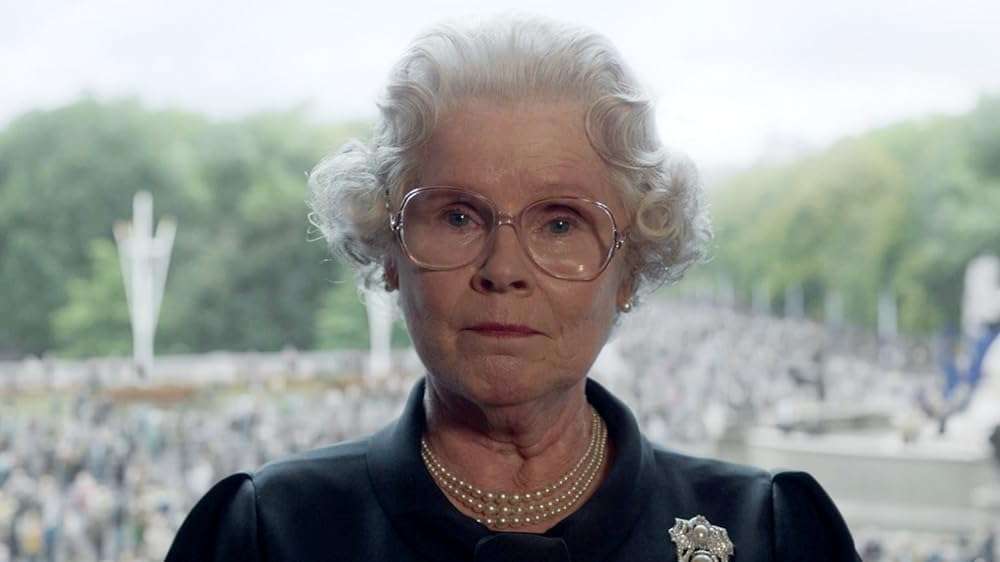



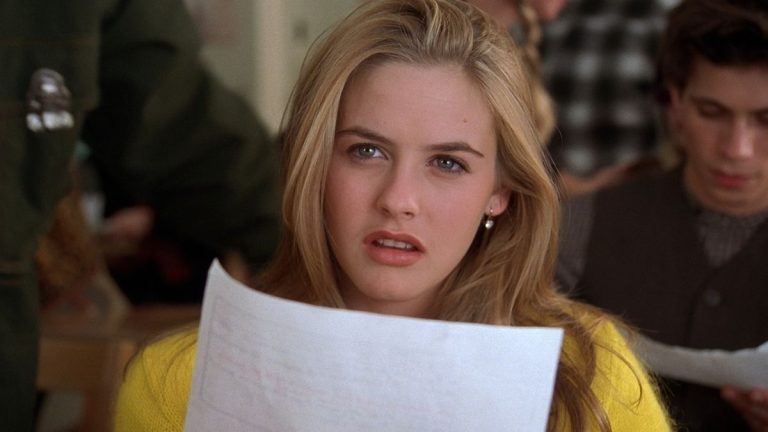

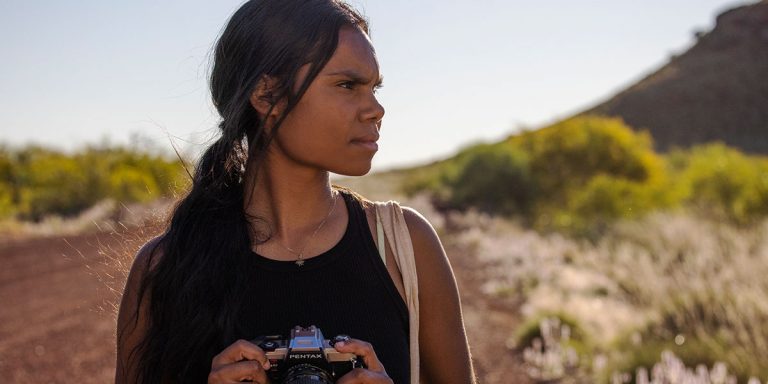
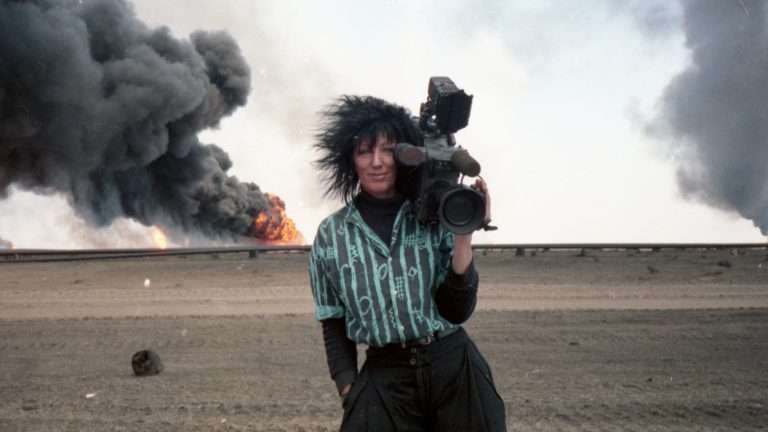
![A Gaza Weekend [2022] ‘TIFF’ review: A Massively Entertaining Tale of a Couple Helplessly Searching for Safety](https://79468c92.delivery.rocketcdn.me/wp-content/uploads/2022/09/Gaza-Weekend-2022-768x384.jpg)
